Polyphenols prevent lipid abnormalities and arterial dysfunction in hamsters on a high-fat diet: a comparative study of red grape and white persimmon wines
Résumé
Scope: We compared the effects of two dealcoholized wines, persimmon (P) and Merlot (M), in hypercholesterolemic hamsters.
Methods and results: Four groups of hamsters received a standard (ST) or an atherogenic diet (AT) for 12 weeks. AT animals received either dealcoholized persimmon wine (AT + P) or Merlot wine (AT + M) by gavage, while controls received water (AT and ST). Plasma cholesterol, triglycerides and glucose and paraoxonase activity were measured. Oxidative stress was assessed by aortic O(2)°(-) production, and vascular function was evaluated in aortic rings. The atherogenic diet led to higher plasma triglycerides (246%), total cholesterol (142%), LDL-cholesterol (91%) and HDL-cholesterol (49%). Aortic production of O(2)°(-) also increased (207%) and vascular reactivity was modified with altered endothelial function as assessed by acetylcholine-dependent vasorelaxation. The two wines partially prevented these alterations, reducing O(2)°(-) production and improving vascular reactivity without altering endothelial function. There was no difference between the P and M groups, although the procyanidin composition of the two dealcoholized fractions differed significantly, and only dimer concentrations were similar.
Conclusion: These findings indicate that polyphenols are responsible, at least in part, for the antiatherogenic/antioxidant effects of wines.
Domaines
Physiologie [q-bio.TO]| Origine | Fichiers produits par l'(les) auteur(s) |
|---|
Loading...
